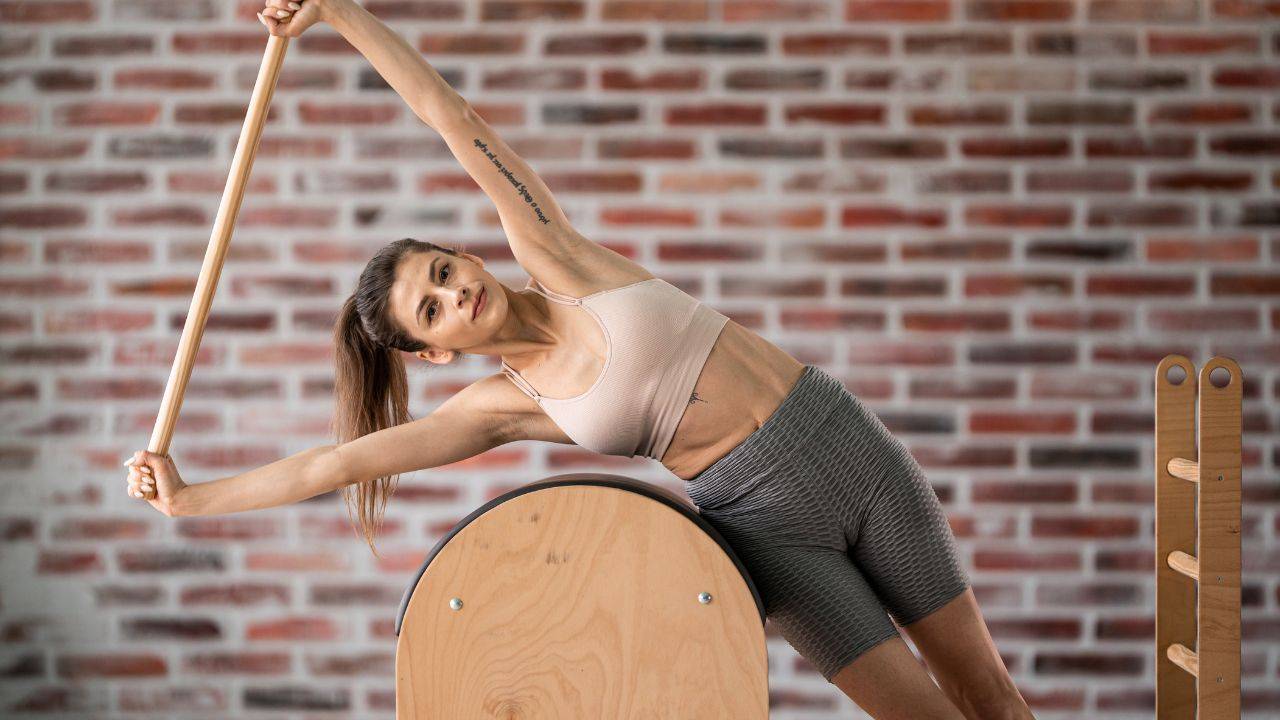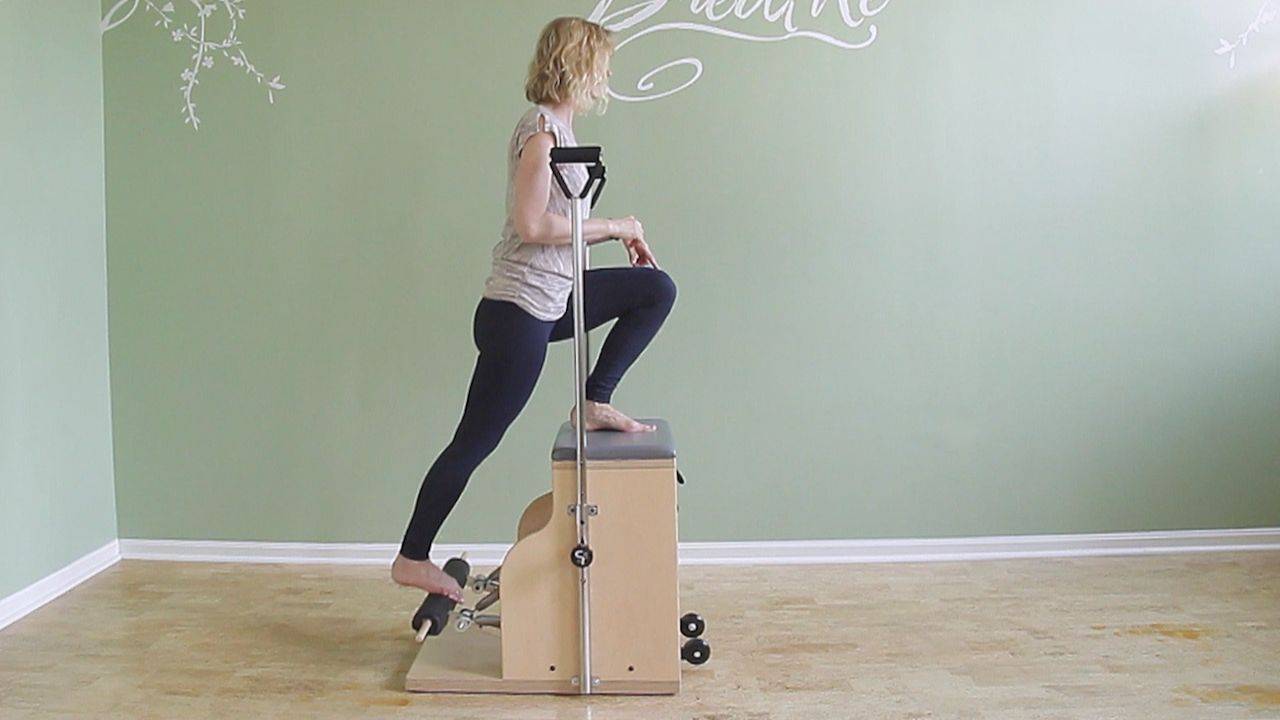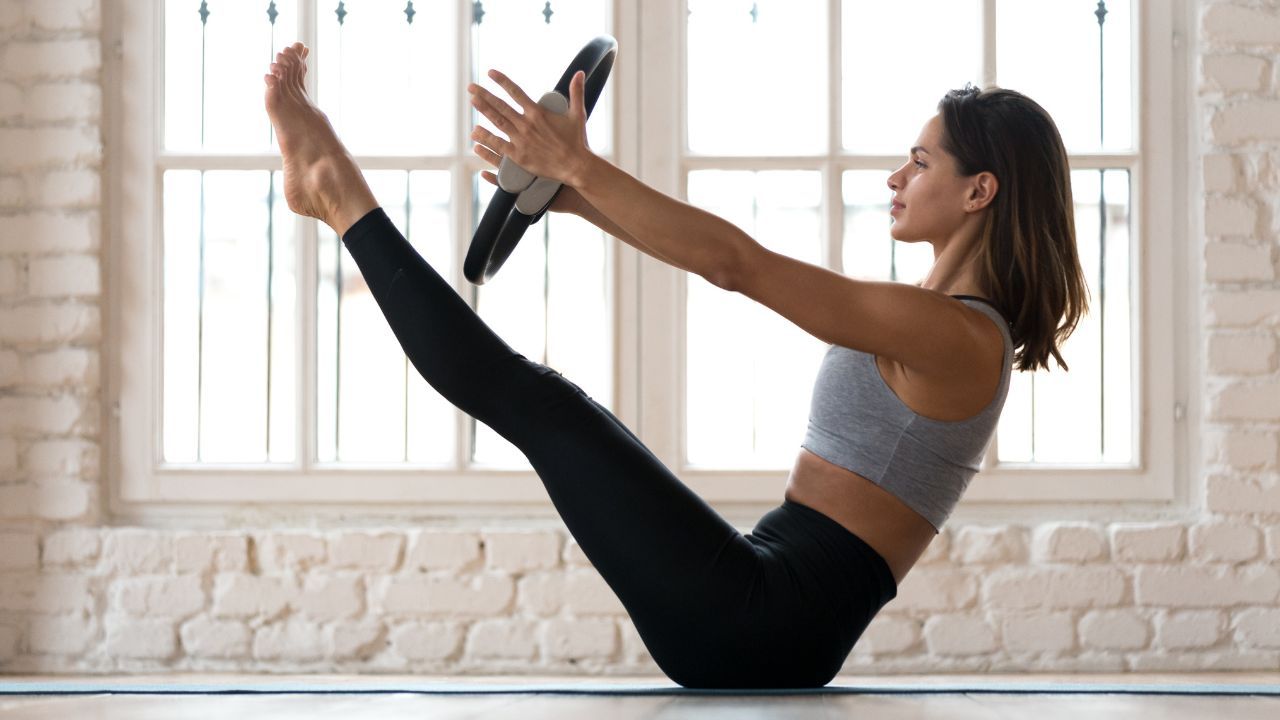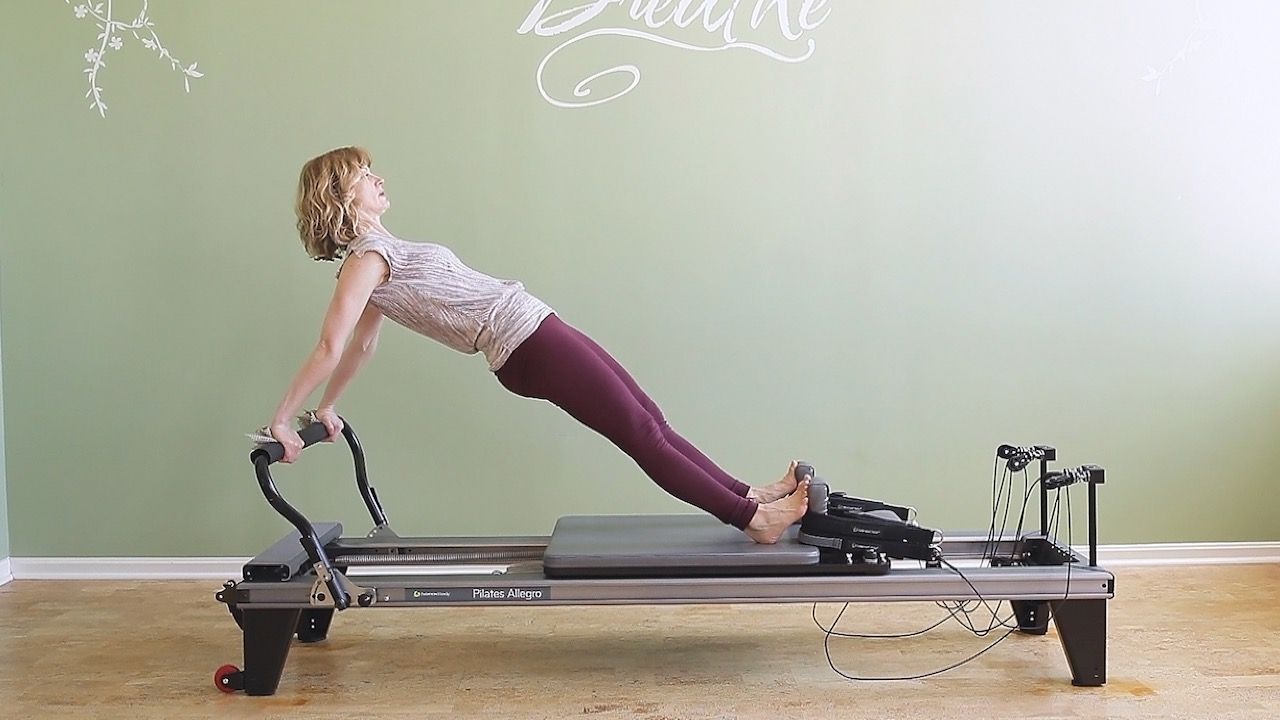The Muscle Tug of War | How To Know What To Work On
Apr 15, 2019
When correcting movement in any direction, always consider the two opposing sides of the joint.
- A shoulder that’s rounded forward could be due to shortened pectoral muscles and/or it can be due to weak posterior shoulder (rotator cuff) muscles.
- Correcting an anterior pelvic tilt to neutral in a standing position can be achieved by lengthening shortened hip flexor muscles and by strengthening weak hip extensor muscles (glutes, and hamstrings).
- The reason for knees buckling in might be due to long, weakened adductor muscles or weak external hip rotator muscles.
- A slouching torso can be due to weak abdominal muscles (they are supposed to hold you up by working eccentrically) or weak spinal extensor muscles.
Which one is the true culprit? Which one came first? Hard to say. It’s a “chicken or the egg” question. Once the initial asymmetry is established it will cause the opposing problem to be part of the issue. If hip flexors are in a shortened position for a long time, the gluteals will get weaker over time as well.
Muscles should be playing a joyful tug of war, one pulling on the other which triggers that one to pull back. This way they keep each other strong and flexible.
Bottom line, it’s initially smart to work on both sides of the joint and observe.
- If you choose Eve's Lunge on the Reformer to lengthen you(r student’s) hip flexors, also have them do Hip Extension on the Trapeze Table to strengthen their hip extensors.
- If you stretch the front of the chest (pec major and minor) with Book Opening, also strengthen the back of the shoulder (rotator cuff) with Scarecrow.
- After strengthening the adductors with Side Splits (Reformer) on a light spring, also do Hip Opener (Trapeze Table) to strengthen the external hip rotators.
- If your focus is abdominal strength for a better posture, also add some spinal extension exercises.
After you’ve explored both sides of the problem you might notice that one is more effective than the other. That will show you the faster way to correct the misalignment.
In the Pilates Encyclopedia membership, we have a category called Movement Skills, in which we list exercises on all apparatus that work both sides of each joint in each direction. Join us.










